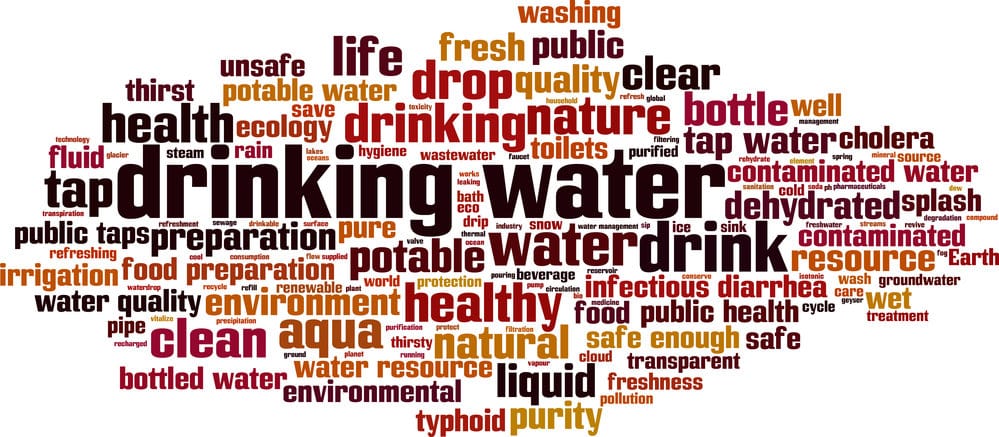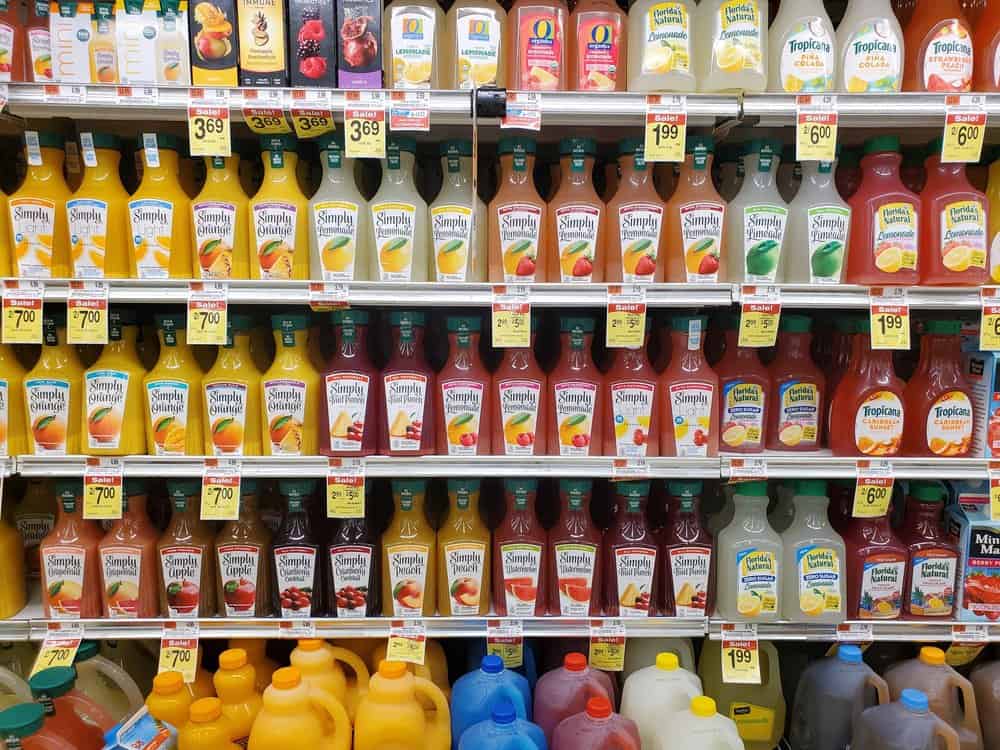PFAS, or per- and poly-fluoroalkyl substances, are a group of synthetic chemicals known for their widespread use and persistence in the environment. Nicknamed “forever chemicals,” these substances are found in various everyday products, including food packaging, non-stick pans, and firefighting foam. Recently, concern has grown regarding the presence of PFAS in sparkling water, raising questions about the safety and health implications for consumers.
As people turn to sparkling water as a healthier alternative to sugar-laden sodas, it is important to understand the potential risks of consuming this popular beverage. Reports have indicated that some sparkling water brands have detected trace levels of PFAS. Since PFAS are linked to a range of health issues such as immune dysfunction, thyroid problems, and even cancer, this discovery has prompted further investigation into potential sources of contamination and regulatory responses.
Key Takeaways
- PFAS, a group of synthetic chemicals, has been found in some sparkling water brands in trace amounts.
- Health concerns related to PFAS consumption include immune dysfunction, thyroid problems, and cancer.
- Further investigation and research are necessary to determine sources of contamination and regulatory responses.
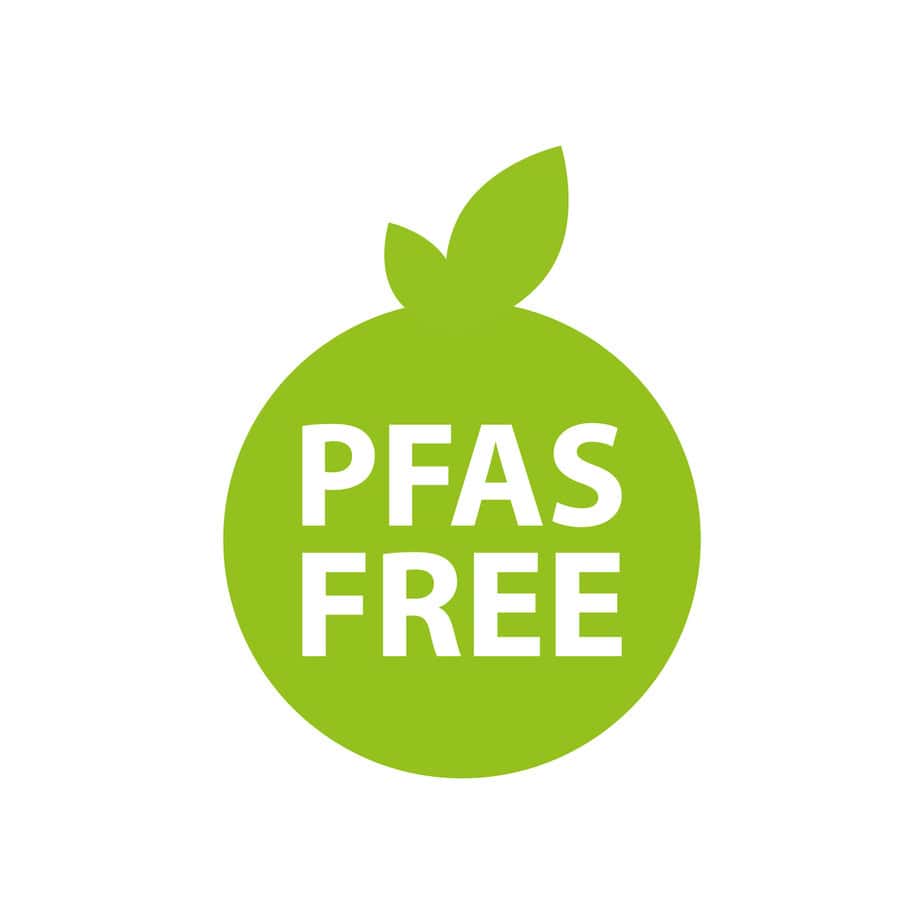
Understanding PFAS
PFAS, or per- and polyfluoroalkyl substances, are a group of man-made chemicals that have earned the nickname “forever chemicals” due to their long-lasting nature in the environment. These chemicals have been widely used in various industries for decades, including non-stick cookware, water-resistant clothing, and food packaging.
You might be thinking, “What’s the big deal?” Well, it turns out that PFAS are more than just persistent chemicals. They have been found to have potentially harmful effects on human health, ranging from altering immune and thyroid functions to insulin dysregulation and even cancer. Moreover, these chemicals have made their way into water sources, and recent studies have detected trace amounts of PFAS in some sparkling water brands.
When we talk about PFAS, it’s important to note that thousands of these chemicals are not all created equal. Some PFAS are more toxic than others, and while more research is needed to understand their potential health risks fully, it’s clear that their widespread use and persistence in the environment raise concerns.
Now, you may be wondering how PFAS end up in sparkling water. According to sources, these chemicals can contaminate water sources during the manufacturing process and even from the containers or packaging used for the water. Since sparkling water is a popular beverage choice for many, this revelation highlights the need for increased awareness and further research on PFAS and their potential impacts on the environment and our health.
To sum it up, when it comes to PFAS in sparkling water, there’s still much to learn. These forever chemicals have found their way into a product many consume frequently, raising questions about their long-term effects on our well-being. In the meantime, staying informed and watching emerging research will help us make more educated choices about the products we consume and their potential impact on our health.
Occurrence and Exposure
PFAS, or per- and polyfluoroalkyl substances, have increasingly been a topic of concern due to their presence in various sources, including the environment and our drinking water. These man-made chemicals can be found in air, soil, and water, posing a risk to human health and the environment.
Surprisingly, PFAS have also been detected in some sparkling water brands, which raises eyebrows. Although generally below the regulated limits, these trace amounts in bottled water are still alarming. After all, you would expect bottled water to be purer and free from such contaminants, wouldn’t you? But alas, it seems that PFAS are quite sneaky!
Now, let’s talk numbers. PFAS are usually measured in parts per trillion (ppt). While this might seem vanishingly small, the issue is that PFAS are persistent, bioaccumulative, and toxic, meaning even tiny amounts can add up over time. And that’s the kicker—those itsy-bitsy concentrations can pack quite a punch in the long run! Drinking water studies have highlighted the potential health risks associated with long-term exposure to PFAS at these levels.
So, how do these chemicals find their way into our water, air, and soil? Well, it’s a bit of a domino effect. PFAS were once utilized in various industrial applications, from firefighting foams to non-stick cookware. As a result, they’ve been released into the environment over the years, contaminating various sources, including our precious drinking water.
In summary, the presence of PFAS in our environment, especially in measurable amounts in drinking and sparkling water, is a cause for concern. Sheer persistence and a touch of toxicity make PFAS an unwanted guest in our homes. So, let’s take this knowledge and continue to seek solutions that help keep our water safe and clean!
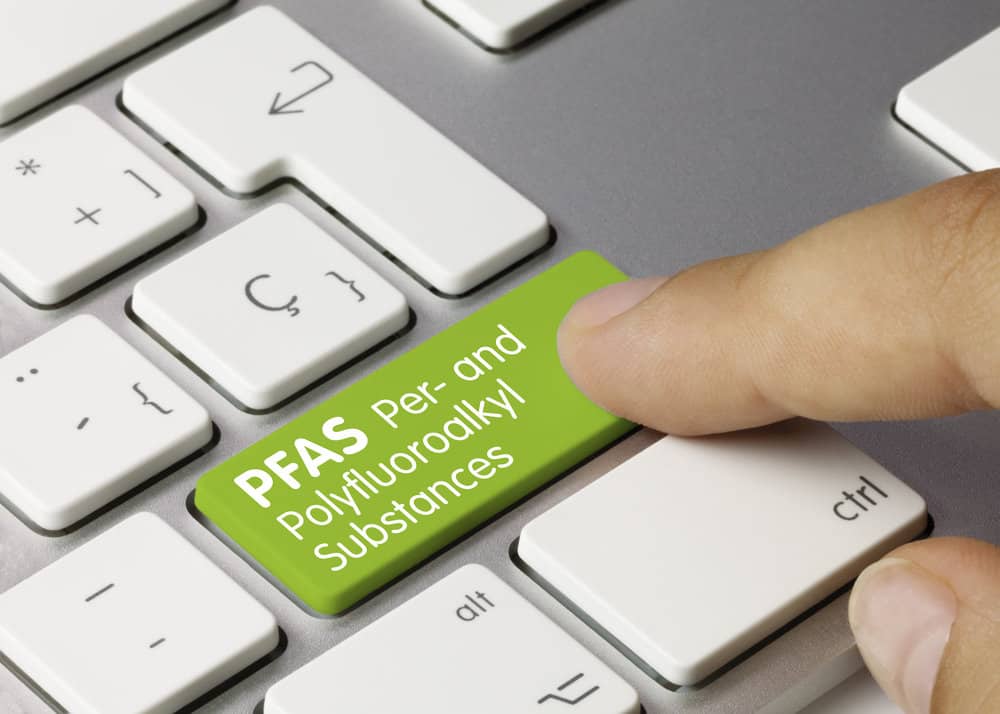
Sources of Contamination
PFAS, or per- and poly-fluoroalkyl substances, are a group of harmful chemicals found in various sources, including sparkling water. They’re known for their water and stain resistance, chemical stability, and thermal resistance. One might wonder, what are the primary sources of PFAS contamination in sparkling water? Let’s dive into the possibilities!
One major source of PFAS contamination is firefighting foam. It is commonly used at airports, military installations, and other sites where managing fuel-related fires is highly prioritized. When used, the foam can seep into groundwater, ultimately finding its way into the public water supply and, consequently, into our sparkling water. This unwanted contamination may lead to health risks for those who consume PFAS-contaminated water.
Industrial processes are another significant contributor to PFAS contamination. Chemical plants, factories, and other industrial facilities often use PFAS for coating or producing various consumer products. During the manufacturing process or disposal of waste, PFAS may be released into the air, soil, or water, resulting in widespread contamination that eventually reaches our natural water sources. Water produced in sparkling water may come in contact with such contaminants, leading to the presence of PFAS in the final product.
Landfills and wastewater treatment plants can also contribute to the presence of PFAS in sparkling water. These sites often receive waste materials containing PFAS from households or industries. Over time, PFAS can leak into the surrounding environment, seeping into the groundwater and increasing the likelihood of it entering the public water supply.
In conclusion, PFAS contamination in sparkling water can originate from several sources, such as firefighting foam, industrial processes, landfills, and wastewater treatment plants. The influence of these sources serves as a stark reminder that safe and clean water is not a guarantee, and continuing efforts must be made to monitor and minimize contamination in our drinking water supplies.
Health Risks and Effects
The presence of PFAS chemicals in sparkling water raises valid concerns about the potential impacts on human health. These so-called “forever chemicals” are linked to various health problems. When ingested, they can accumulate and persist in the body, leading to adverse health effects.
One of the primary concerns associated with PFAS exposure is an increased risk of various types of cancer. Studies have found connections between these chemicals and a heightened likelihood of developing certain cancers, such as kidney and testicular cancer. This is a troubling possibility for anyone who consumes sparkling water containing elevated levels of these compounds.
In addition to cancer risks, PFAS exposure may disrupt thyroid hormone function. The thyroid plays a crucial role in regulating numerous body processes, so any disruption to its function might lead to various health issues. Moreover, these chemicals are associated with high cholesterol and are known for disturbing insulin regulation. Such effects on the body’s metabolism may contribute to ongoing health problems and complications.
Another alarming aspect of PFAS chemicals is their possible impact on the immune system. Research suggests that exposure to these substances can alter immune function, potentially making the body more susceptible to infections and other diseases. This detrimental effect on the body’s natural defenses only adds to the growing concern surrounding PFAS.
To sum it up, the presence of PFAS in sparkling water is a matter that demands attention. These chemicals pose significant risks to human health, spanning from increased cancer probabilities to hormone disruption, high cholesterol, thyroid disease, and immune system alterations. As we become more aware of the potential dangers of these substances, it’s vital to stay informed and make healthier choices when it comes to quenching our thirst.
Testing and Detection of PFAS
Ah, PFAS, those pesky per- and poly-fluoroalkyl substances have raised concerns about potential health risks. Fear not, for the advancement of analytical methods and dedicated researchers are constantly working to improve the detection and testing of these substances in our water supply, including sparkling water. So let’s dive right in and uncover what’s being done in this field!
Scientists are employing various techniques to analyze the presence of PFAS in water samples. One breakthrough in this area was the development of EPA PFAS Drinking Water Laboratory Methods by the US Environmental Protection Agency. They may not have certification requirements for PFAS yet, but state-certified laboratories are available for performing these tests.
Now, let’s talk about the nitty-gritty of PFAS testing! Typically, these tests involve selecting an analytical method, finding a qualified laboratory, specifying a PFAS list and the form each PFAS needs to be reported, setting reporting limits, and handling sample collection and preservation. This process ensures accuracy and reliability in detecting these chemicals in water samples. For more details, refer to this helpful PFAS Laboratory Testing Primer.
Of course, Consumer Reports—that trusted source known for its meticulous research—hasn’t shied away from investigating PFAS in sparkling water. According to their findings, trace amounts of PFAS were detected in some popular sparkling water brands. While the levels found were relatively low, Consumer Reports urges people to be aware of potential risks and to make informed decisions about their water consumption habits.
As technology progresses, researchers are looking into cutting-edge sensors for detecting PFAS levels. Imagine a world where the general public could easily test their drinking water using a fast, inexpensive, on-site solution! Though these sensors come with challenges, they hold great promise for efficient and accessible PFAS detection in the future. Learn more in this fascinating Sensors for detecting per- and polyfluoroalkyl substances (PFAS) article.
So, while PFAS continues to be a topic of concern, it’s comforting to know that dedicated researchers and organizations are working tirelessly to improve testing and detection methods, allowing us all to make better-informed decisions about our sparkling water choices. Stay informed, stay vigilant, and enjoy your favorite bubbly beverages – just with a little extra knowledge of what you’re sipping!
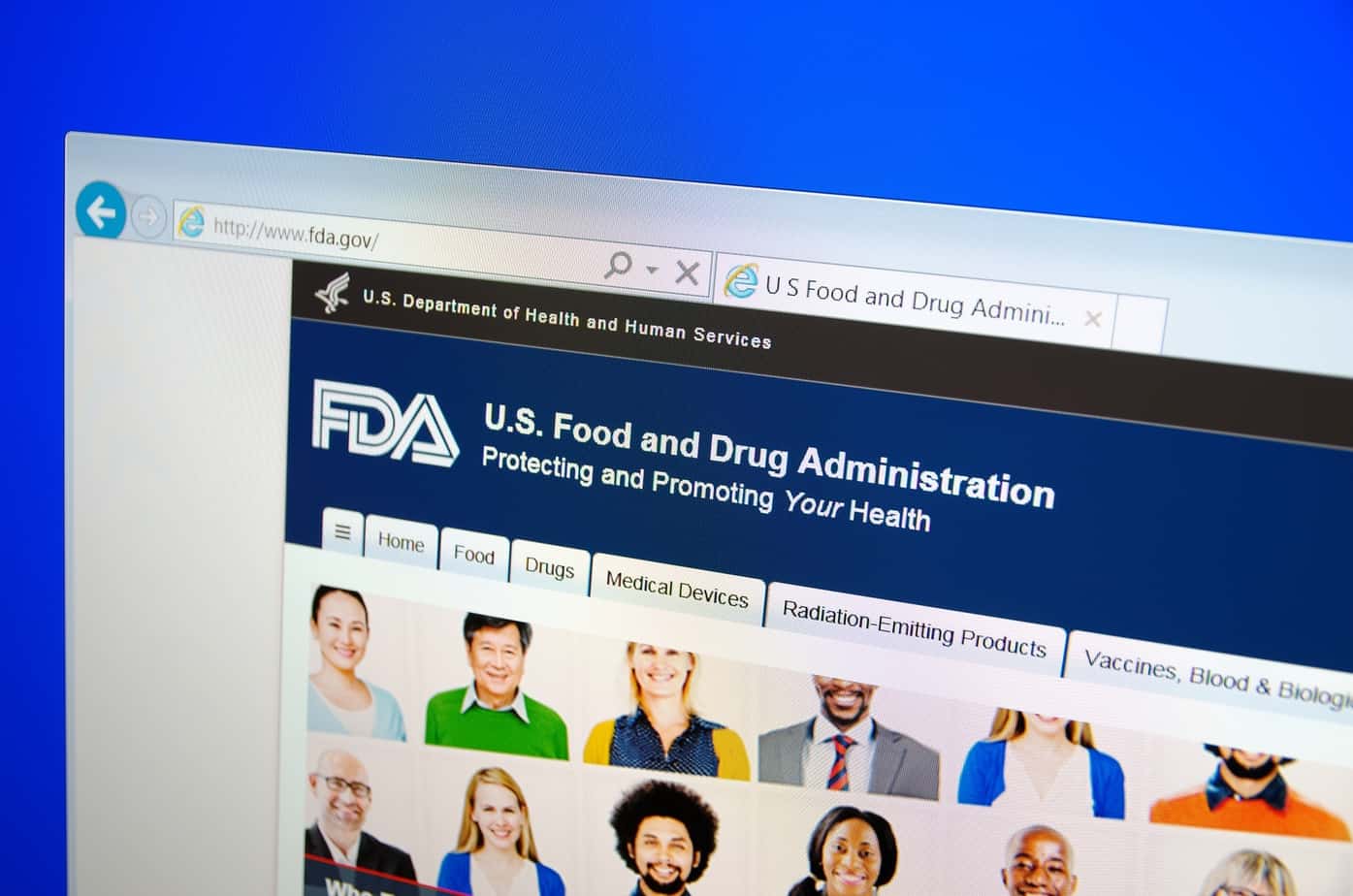
Regulations and Standards
When regulating PFAS in sparkling water, a somewhat complex web of rules and agencies are at play. The main players include the Environmental Protection Agency (EPA), the Food and Drug Administration (FDA), and individual states stepping up to address this issue.
The EPA, whose action plan revolves around protecting communities from PFAS in drinking water, proposes the first national drinking water standard to limit six per- and poly-fluoroalkyl substances (PFAS). This comes as part of their broader PFAS Strategic Roadmap. However, it’s essential to realize that this standard would primarily impact drinking water and may not directly translate to regulating PFAS in sparkling water.
On the other hand, the FDA, which regulates bottled water products, currently has no specific legal regulation or limit for PFAS in bottled sparkling water. This can create a gray area for consumers since some of the potential health risks associated with ingesting PFAS include certain cancers, hormonal disruption, and developmental problems in children.
Given the lack of comprehensive federal regulation, states have taken matters into their own hands by implementing their policies and standards. For example, a bipartisan collaboration in Wisconsin resulted in the introduction of proposals to create emergency rules for setting drinking water, groundwater, and air standards for PFAS. As of August 29, 2022, states such as Delaware, Maine, and Rhode Island have enacted legislation to establish Maximum Contaminant Levels (MCLs) for PFAS compounds in drinking water. These measures could potentially impact the sparkling water industry as well.
So, while progress is being made on various levels, there’s still more work to be done by the EPA, the FDA, and individual states to create clear regulations and standards for PFAS in sparkling water. In the meantime, consumers should remain vigilant about the potential risks and stay informed on any emerging information regarding this issue.
Sparkling Water Brands and PFAS
In sparkling water, PFAS (per- and poly-fluoroalkyl substances) has become a rising concern among consumers in recent years. These chemicals have been associated with various health problems, such as altered immune and thyroid function, insulin dysregulation, and cancer. So, it’s crucial to be aware of the levels of PFAS in popular sparkling water brands.
La Croix, a fan favorite, along with Dasani, San Pellegrino, and Perrier, was tested for trace amounts of PFAS in a study by Consumer Reports. Other well-known brands such as Coca-Cola, Canada Dry, Bubly, Polar, Spindrift, and Schweppes also face scrutiny for these chemicals’ presence.
It is essential to understand that there are no legal limits for PFAS levels in bottled water products. Meanwhile, sparkling water brands like Polar can freely sell their products without facing legal consequences. WaterFilterGuru.com discusses this issue in greater detail and emphasizes the importance of consumer awareness.
Despite the concern around PFAS, certain sparkling water brands appear to be better choices regarding lower levels of these chemicals. For instance, Sparkling Ice Black Raspberry Sparkling Water and Spindrift Raspberry Lime Sparkling Water have PFAS levels below 1 ppt (part per trillion), a good sign for those who enjoy these refreshing beverages.
Healthy alternatives to mainstream sparkling waters are also available. San Pellegrino Sparkling Natural Mineral Water is a great choice for those looking for a mineral-rich option with a delicious taste. San Pellegrino, known for being high-quality sparkling mineral water, can make a difference in consumers’ overall experience while keeping their concerns over PFAS in mind.
In conclusion, sparkling water lovers must stay informed about their favorite brands’ possible trace amounts of PFAS. Diligence in selecting brands with lower PFAS levels or opting for healthier alternatives can significantly mitigate the inherent risks associated with these chemicals. So, sparkle on, but ensure you do so with confidence and knowledge!
Removal and Control
Addressing the issue of PFAS in sparkling water calls for efficient methods of removing and controlling these contaminants. Thankfully, there are a few reliable techniques worth considering.
One of the main processes that help out is activated carbon adsorption. It’s a pretty nifty method that effectively eliminates PFAS, especially Perfluorooctanoic acid (PFOA) and Perfluorooctanesulfonic acid (PFOS)—the most studied among these chemicals. You can find more about this technology in this source.
Moreover, ion exchange resins also play their part in tackling the PFAS issue. They act like magical sponges, grabbing onto impurities and allowing sparkling water to flow unharmed. Another amazing tool at our disposal is high-pressure membranes, enabling the efficient filtration and purification of the liquid from pesky PFAS contaminants.
Ah, let’s not forget about the carbonation process itself! Although it doesn’t directly influence PFAS removal, it’s essential to understand the role it plays in sparkling water quality. By injecting carbon dioxide gas under pressure into regular water, the fizzy sensation we all know and love emerge—cool, right? It’s crucial to ensure that the water used in this process is already free of contaminants, such as PFAS, to maintain a safe bubbly experience.
Most importantly, we can’t overlook the power of reverse osmosis filters. Experts recommend these bad boys, as they can remove many yucky contaminants—including PFAS. The system effectively flushes away the undesirables by forcing water through various filters, leaving you with pure, clean, sparkling water. Check out this informative article for more details.
Strategies like activated carbon adsorption, ion exchange resins, and reverse osmosis filters can effectively remove and control PFAS in sparkling water. Combined with ensuring the carbonation process employs clean water, these approaches help maintain a refreshing, uncontaminated experience for sparkling water lovers everywhere. Stay informed and drink up responsibly!
Conclusion and Recommendations
In light of the information on PFAS in sparkling water, it becomes evident that consumers and the industry must take action to ensure the safety and quality of the product. PFAS chemicals in sparkling waters bring forth health concerns, such as altered immune and thyroid function, insulin dysregulation, and cancer. Thus, it’s vital to address this issue with determination and responsibility.
The International Bottled Water Association and bottled water companies ought to work hand in hand to establish strict and transparent guidelines for PFAS levels in sparkling water. Doing so could reinforce consumer trust in the industry while reducing health risks. Furthermore, close collaboration with environmental groups can lead to better practices in monitoring and regulating PFAS presence in water sources and supply chains.
Consumers can take individual steps to reduce exposure to PFAS in sparkling water by choosing brands that proactively address the issue and have taken steps to keep PFAS levels below the advised thresholds. For example, Canada Dry Lemon Lime Sparkling Seltzer Water has been identified as one of the brands containing lower levels of PFAS.
Education plays a vital role in making informed choices. Therefore, consumers must be aware of the potential health risks associated with PFAS in sparkling water and make decisions accordingly. Additionally, supporting advocacy groups working on PFAS-related issues can contribute to broader change and awareness.
To sum up, tackling PFAS in sparkling water requires a collective effort from both the industry and consumers. By working together, promoting transparency, and encouraging stricter regulations, we can envision a healthier future for everyone who enjoys the refreshing taste of sparkling water.
Frequently Asked Questions
What are the health risks associated with PFAS in drinking water?
PFAS, or per- and poly-fluoroalkyl substances, are chemicals linked to various health problems, including altered immune and thyroid function, insulin dysregulation, and cancer. Ongoing exposure to these chemicals, even at low levels, may accumulate over time and lead to adverse health effects. So, staying informed and taking appropriate measures to minimize your exposure is essential.
How does PFAS end up in sparkling water sources?
PFAS can contaminate sparkling water sources in multiple ways. For example, they are present in the environment, like air, soil, and water, and are commonly used in industrial and consumer products, including firefighting foam and some cosmetics. As these chemicals break down very slowly, they can seep into water sources, contaminating the water used to produce sparkling water.
What are safe levels of PFAS in bottled water?
Although there is no universal standard for safe levels of PFAS in bottled water, the US Environmental Protection Agency (EPA) has proposed legally enforceable limits for six PFAS substances known to occur in drinking water. As research continues, these standards may evolve and become more specific to different types of water, including sparkling water.
Are there regulations limiting PFAS content in sparkling water?
While no specific regulations address PFAS content in sparkling water, the EPA has taken steps to protect the public by proposing standards for PFAS in drinking water. As awareness about PFAS contamination grows, more stringent and targeted regulations may be implemented to address the issue in sparkling water and other beverages.
How can I test my sparkling water for PFAS presence?
To test your sparkling water for PFAS presence, you can use an accredited laboratory specializing in PFAS testing. Some labs may offer home testing kits, allowing you to collect samples and send them to be tested by professionals. Following the lab’s instructions carefully when using these kits is crucial to ensure accurate and reliable results.
What precautions can be taken to avoid PFAS exposure from sparkling water?
While it may be challenging to eliminate PFAS exposure, taking a few precautions may help reduce your risk. If you live near known PFAS contamination sources, opt for brands that have tested their products for PFAS and share their results. Additionally, research the filtration and treatment methods employed by the sparkling water manufacturer, as some methods may be more effective in reducing PFAS content than others. Stay informed about PFAS contaminants and choose products wisely to protect your health.

